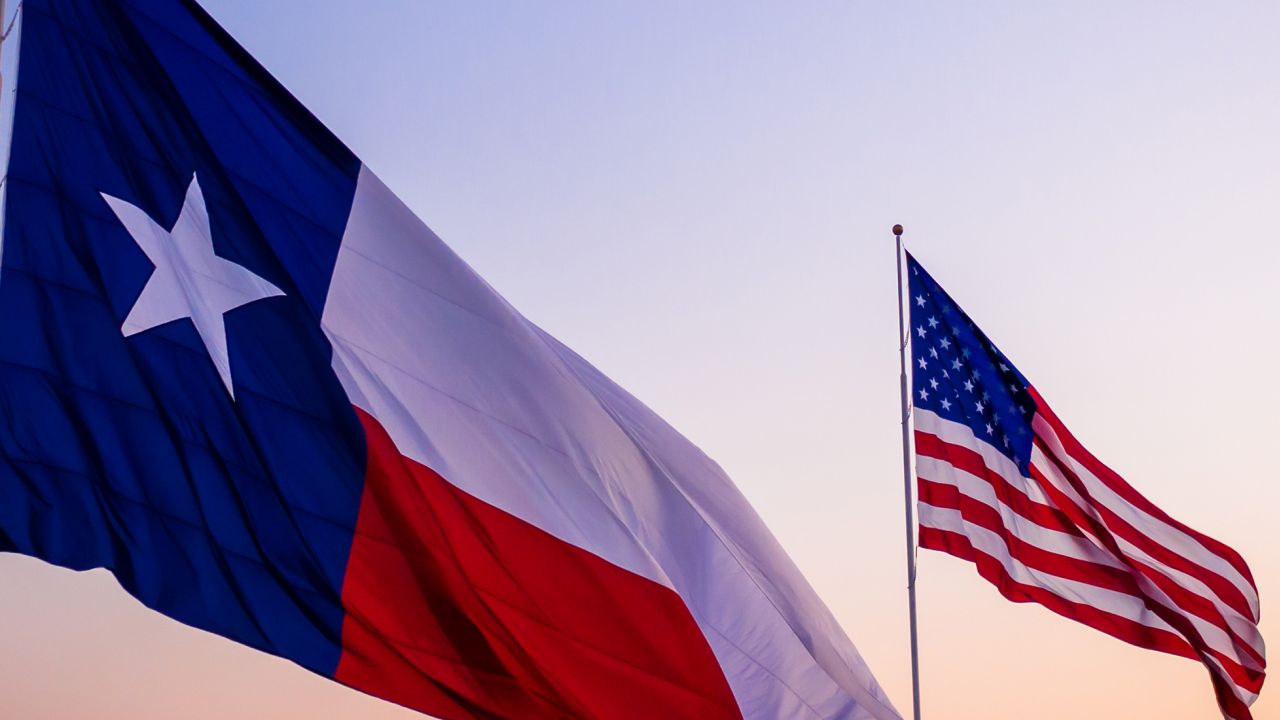
By John Coequyt, Richard Wiles, October 2000
View and Download the report here: Fuzzy Air
Summary
In the final weeks of the election season, competing philosophies about pollution control have come to the fore in presidential politics. A new computer investigation by the Environmental Working Group indicates that Gov. George W. Bush's approach to pollution control has been a major factor in making Houston the nation's smoggiest city and Texas our smoggiest state. Because states play a decisive role in implementing federal pollution laws, the Texas experience will have profound implications for clean air nationally under a Bush administration.
Smog is the nasty blend of chemicals from factories, chemical plants, refineries and cars that fouls the air of hundreds of U.S. cities. Technically known and regulated as "ground-level ozone," smog is considered a major contributing factor in the rapidly rising incidence of asthma, particularly among children. Smog also poses long term risks of cancer and respiratory diseases.
Smog problems extend far beyond the boundaries of the new "smog capital" of the nation, Houston, Texas (which overtook Los Angeles for the title last year). Nationwide, 90 million Americans live in metro areas that fail to meet basic clean air standards, known as "non-attainment areas" for smog under the Clean Air Act.
In the second presidential debate on October 11, 2000, Republican candidate George W. Bush claimed that during his administration as governor, polluters for the first time "must comply" with new air pollution rules he put in place in Texas in 1999. But the mandatory features of his program apply only to pollution from older power plants, and even at that, the standards to which the plants are held are less strict than those of virtually all other states. The remainder of Gov. Bush's program applies to pollution at more than 700 previously uncontrolled factories, chemical plants and refineries in Texas. Now, under the Bush plan, these facilities will be eventually covered by voluntary pollution control permits drawn up by the polluters themselves. This analysis looks beyond these two groups of polluters to the enforcement of clean air rules at large industrial polluters that have permits, a third major group of polluters who have not been analyzed to date.
View and Download the report here: Fuzzy Air
